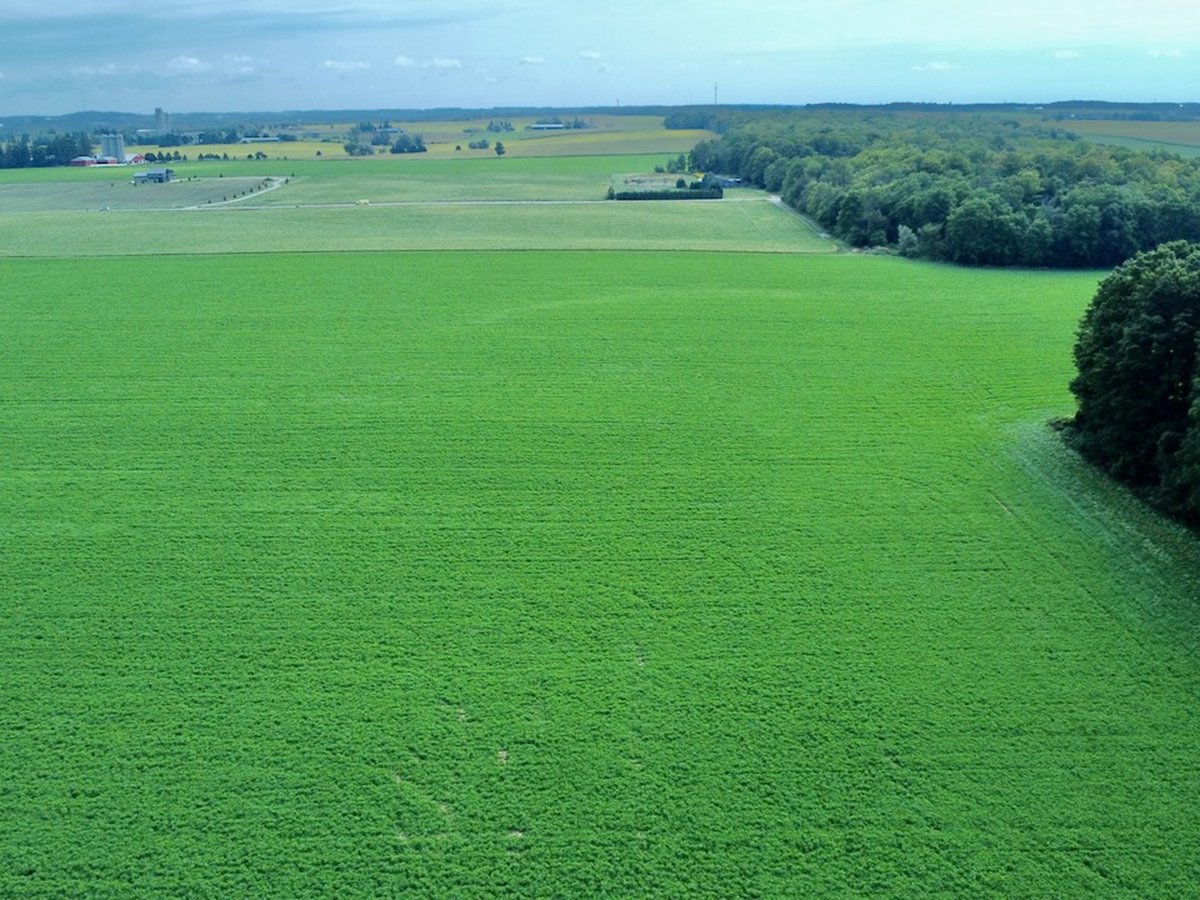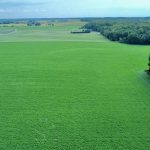Cool, damp conditions in the eastern Prairies and cool weather in the west are pushing wheat protein levels low, crop watchers say.
That means protein premiums should rise for farmers lucky enough to harvest high protein wheat.
“I think we’ll see premiums – if we can pull off some higher proteins – probably return to previous levels,” said Darren Frank of Farm Link Marketing Solutions.
“But I’ll be surprised if, outside of western Saskatchewan and eastern Alberta, if we have protein this year. I don’t think we’re going to have it.”
Read Also

Canadian Alliance for Net Zero Agri-Food launches farm resilience pilot projects
CANZA, the organization funded by some of the leading food industry companies to encourage resilient and regenerative practices on farms, announced how its programs will work on Oct. 7.
High protein premiums are not evident in U.S. or Canadian prices now, but some analysts think the spread between low and high protein wheats could widen over winter.
Early reports from the Dakotas show wheat with lower than average protein levels, with most of the crop still in the field.
In Canada little spring wheat has been harvested after a cool summer.
Hot and dry weather increases protein levels.
The eastern Prairies have been cool and wet. In the west dry weather in spring and early summer affected the crop, but that was before the filling stages for wheat, so the protein-boosting impact may not be as great.
Canadian Wheat Board crop surveillance analyst Bruce Burnett said early harvested winter wheat crops show slightly higher than average protein levels in Alberta and lower than average levels in Manitoba. That may be an early indication of spring wheat levels.
“There’s usually a reasonable correlation between the winter and spring proteins,” said Burnett.
Wheat plants require a period of stress to boost the protein level of the kernel. Essentially, the plant produces less of other seed components and channels its nitrogen into forming the protein first, so the increased protein is actually a product of having less of the other components rather than more protein.
Burnett said drought stress in the western Prairies increased the chances for higher protein levels, but overall cool temperatures and low nitrogen fertilizer application rates mean most of the crop will probably fall below par.
“We think the proteins will be lower than average,” said Burnett.
One factor that will prevent protein levels from falling too far is the low yields predicted for most regions.
“Our yields are quite a lot lower this year so that should help keep the proteins from dropping too far from the average,” said Burnett.
North Dakota’s first harvested wheat looks low in protein, said Mike Krueger of The Money Farm in Fargo.
“Early proteins are not good. What I’m seeing so far is that it’s low,” he said.
Around the world, wheat production conditions and protein levels are mixed. The International Grains Council last week raised its estimate of world wheat production to 662 million tonnes from 654 million based on expected better yields in Ukraine, China, the European Union and the United States.
However, Germany has a reduced crop, Australia’s is mixed in early development and Argentina is critically dry.
The August Pool Return Outlook from the CWB dropped most wheat prices by about 70 cents per bushel, but only slightly increased the high protein premium.
The spread between No. 1 CWRS 14.5 and No. 1 CWRS 13.5 moved to $14 per tonne or 38 cents per bu. in August from $13 per tonne or 35 cents per bu. in July.
Frank thinks that spread has a good chance of widening to $25 to $30 per tonne.
“That’s probably what we’re looking at.”
But the spread will likely never again have the chance to widen to the extreme because commercial millers are adopting technology that makes them less reliant on high protein wheat and capable of using lower grades.
“I don’t think (premiums) are going to run wild,” said Frank. “I think end users have figured out ways to use lower proteins.”















